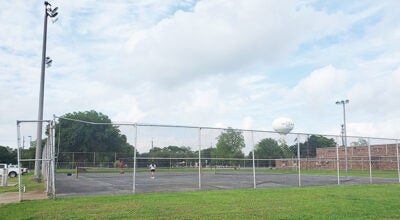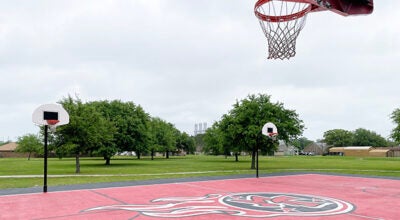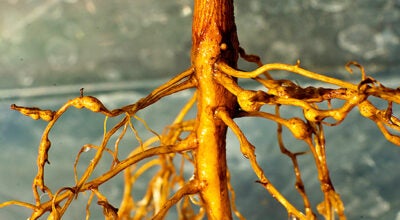MOORE COLUMN: Pintail’s enigmatic, problematic species
Published 10:48 pm Wednesday, November 18, 2015
Pintails are the most prized ducks of the local marshes and prairie.
With a sleek, streamlined appearance and the males sporting a cool “sprig” at the end of their body, they are stunning.
Pintails are a species however that has had many problems.
Right now, they are 24 percent below their long-term average population, even after a few years of steady rises with a breeding index of roughly three million birds.
And while gadwall and teal, which both have seen major population increases, prefer tall-grass prairie for nesting, pintails use short-grass plains, farm fields and shallow wetlands that expose them to numerous risks.
A prime example is in the Canadian prairie, the pintails preferred nesting rounds. Since the early 1980s, millions of acres of this region have changed from fall seeding to spring seeding.
This has been severely detrimental to pintails as studies by Ducks Unlimited (DU) in Canada have shown that fall seeded areas produce one successful pintail nest per 80 acres while spring seeded areas only produce one per 1,000 acres. Another change in Canadian agriculture has also hurt pintails.
Farmers used to practice “summer fallowing”, where they give cropland a rest every second summer. According to DU Canada, since the 1970s, farmers have converted 13 million acres of summer fallow to annual cropping in prime pintail breeding grounds.
Predators are another problem for pintails.
The decline of the gray wolf and changes in agriculture along with a decline in trapping allowed small predators like raccoons to flourish.
The natural prairie habitat is not very conducive to raccoons, but as man-made changes to the region, it allowed coons to flourish. By the 1970s, coons took a strong hold on the region and are now very common to the point of being a major problem.
Just how bad of a problem are coons and other predators in this region?
Nesting success in some areas is as low as zero to seven percent and coons do much of this damage.
The fragmentation of grasslands makes it easier for predators like coons to encounter duck nests and this puts pintails in particular in harms way. Delta Waterfowl officials conducted a trapping study in the spring of 2000 in what they call the “moonscape” of southern Saskatchewan. This area has very little cover now and is perhaps the pintails greatest area of vulnerability.
The control block (untrapped) had an 11 percent nest success while the trapped area had 28 percent. Duckling survival in the control area was 28 percent and 50 percent in the trapped area. That was after only one year and predator control tends to become more effective after consecutive seasons.
Currently, waterfowl managers are keeping an eye on their numbers and are working on ways to get them back at least to a semblance of what they used to be.
It is worth mentioning that hunters should not feel guilty for taking any of these three species. Wildlife officials closely monitor harvest of these species and believe it has minimal impact on their populations under current provisions.
Waterfowl numbers have been on an uptick but pintails have been the target species facing the most issues. There is not one solution and due to the hard work of conservation groups like Delta Waterfowl and Ducks Unlimited, ideas are being tossed around to help not only these majestic ducks but all waterfowl.
And in my opinion, that is when hunters are at their best, putting the quarry they pursue first and pushing for habitat conservation.
(To contact Chester Moore, e-mail him at chester@kingdomzoo.com. You can hear him on “Moore Outdoors” Fridays from 6-7 p.m. on Newstalk AM 560 KLVI and online at www.klvi.com.)





